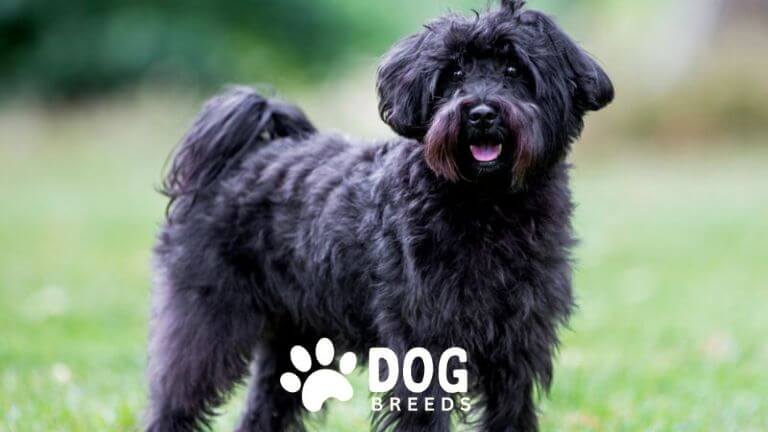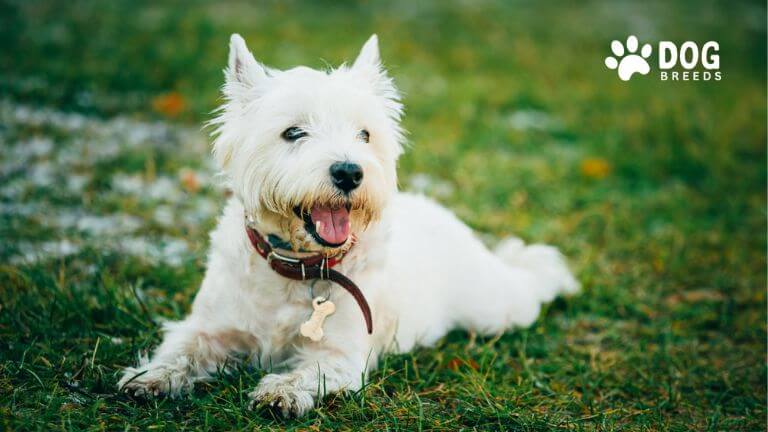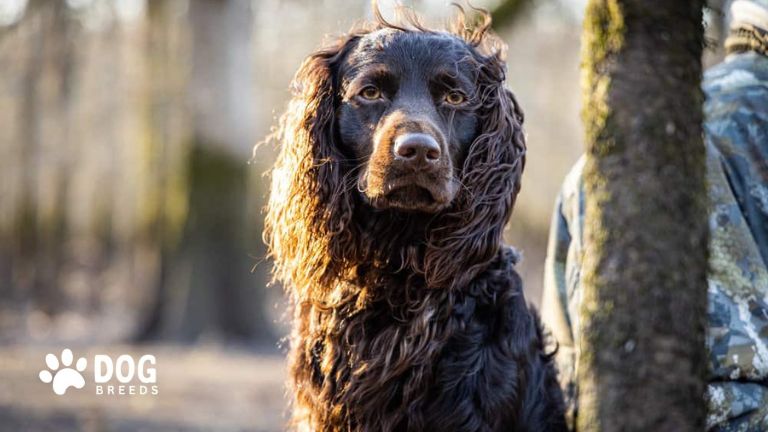Schnoodle Dog Breed | Complete Guide to Traits, Care, and Health
The Schnoodle is a designer hybrid breed created by crossing a Schnauzer with a Poodle. Known for their intelligence, playfulness, and loving temperament, Schnoodles are popular as family pets and companions. They are versatile, hypoallergenic dogs, making them suitable for allergy-sensitive households.
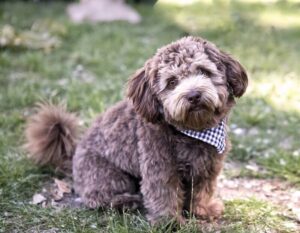
History and Origin
Schnoodles are a relatively new breed developed to combine the best traits of Schnauzers and Poodles. Breeders aimed for a low-shedding coat, high intelligence, and a friendly demeanor. The breed has gained popularity as a companion pet thanks to its adaptability and charm.
Schnoodle Dog Breed Overview
| Category | Details |
| Origin | United States |
| Purpose | Companion dog and family pet |
| Parent Breeds | Schnauzer and Poodle |
| Size | Varies: Toy, Miniature, or Standard, depending on parent size |
| Height | 10 to 26 inches (25 to 66 cm) |
| Weight | 10 to 75 pounds (4.5 to 34 kg) |
| Coat Type | Wavy or curly; soft and dense |
| Coat Colors | White, black, gray, silver, brown, apricot, or combinations |
| Hypoallergenic | Yes (low-shedding, but not guaranteed for severe allergies) |
| Lifespan | 12 to 15 years |
| Temperament | Loyal, affectionate, intelligent, playful, and energetic |
| Exercise Needs | Moderate to high; daily walks, playtime, and mental stimulation needed |
| Trainability | Very high; intelligent and eager to learn |
| Grooming Needs | Moderate; regular brushing and occasional professional grooming |
| Common Health Issues | Progressive retinal atrophy (PRA), patellar luxation, hip dysplasia, allergies |
Physical Traits
- Size: Schnoodles vary in size based on their parents.
- Miniature: 10–20 pounds
- Standard: 20–50 pounds
- Giant: Over 50 pounds
- Coat: Their coats can be curly, wavy, or straight and are typically low-shedding.
- Colors: Common colors include black, white, cream, brown, and sable. Some Schnoodles feature bicolor patterns.
- Lifespan: 10–15 years, depending on care and genetics.
Personality and Temperament
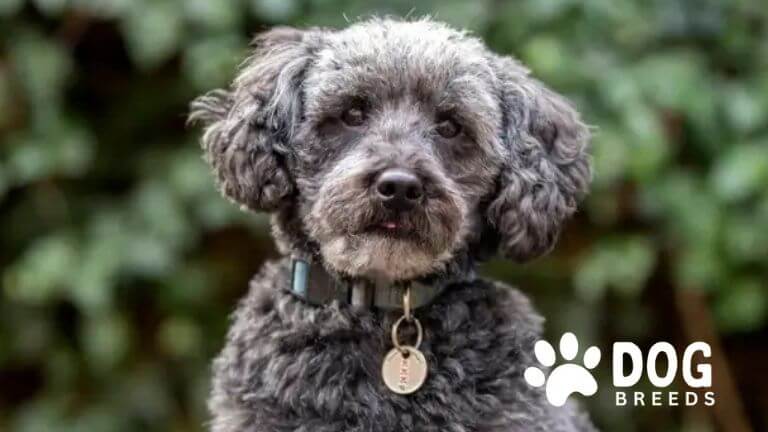
Schnoodles are loyal, energetic, and highly intelligent. They thrive on social interaction and are excellent with families, children, and other pets. Their playful nature and eagerness to please make them easy to train and a joy to have as a companion.
Care and Maintenance
- Grooming: Schnoodles require regular brushing (3–4 times weekly) and professional grooming every 4–8 weeks. Their teeth should be brushed daily, and nails should be trimmed as needed.
- Diet: Feed them high-quality dog food suited to their size and age. Use portion control to prevent obesity.
- Exercise: Schnoodles need 30–60 minutes of daily physical activity, such as walks, fetch, or agility training.
Training and Socialization
Schnoodles are highly trainable due to their intelligence. Start socialization early to ensure they are comfortable with various environments, people, and pets. Training activities such as obedience classes, trick training, and agility exercises keep their minds engaged.
Health Concerns
Schnoodles may inherit health issues from their parent breeds:
- Hip and Elbow Dysplasia: Joint conditions that can cause discomfort and mobility issues.
- Diabetes: Common in Miniature Schnauzers, requiring insulin and dietary changes.
- Epilepsy: Inherited from Schnauzers, manageable with medication.
- Bloat (GDV): A life-threatening condition common in larger Schnoodles, preventable with slow-feeding techniques.
Regular veterinary checkups and a healthy lifestyle can help mitigate these risks.
Fun Facts and Activities
- Schnoodles excel in activities like swimming, fetch, and agility training.
- Their hypoallergenic coats make them a top choice for allergy sufferers.
- They are known for their expressive eyes and quirky, playful behavior.
Adoption and Breeding Tips
- Adoption: Consider adopting from shelters or breed-specific rescues to find a Schnoodle in need of a home.
- Breeding: Choose reputable breeders who screen for genetic conditions in parent dogs. Ensure puppies are raised in a healthy environment.
Conclusion
The Schnoodle is an adaptable, loving breed that suits families, singles, and seniors alike. Their hypoallergenic coats, playful nature, and trainability make them a favorite among dog lovers. For a loyal and intelligent companion, the Schnoodle may be the perfect choice.
There are plenty of dog breeds to suit all kinds of lifestyles and homes. With a little research, you can find your next best friend!
Related Dog Breed:
- Cavalier King Charles Spaniel Dog
- Corgi Dog Breed
- Pembroke Welsh Corgi Dog
- Yorkie Pomeranian Mix (Yoranian)
- Labradoodle Dog
FAQs About Schnoodle Dogs
Is a Schnoodle a good dog?
Yes, Schnoodles are great dogs known for their affectionate, intelligent, and adaptable nature. They combine the loyalty of Schnauzers with the energy and intelligence of Poodles, making them ideal for families and singles alike. Their playful demeanor makes them especially appealing to those with active lifestyles.
Does a Schnoodle bark a lot?
Schnoodles can be moderately vocal. They may bark to alert their owners to strangers or unusual activity, a trait inherited from their Schnauzer lineage. However, with proper training and socialization, excessive barking can be managed.
How big will a Schnoodle get?
Schnoodle sizes vary widely depending on the parent breeds:
- Toy Schnoodle: 5–10 pounds, 10–12 inches tall
- Miniature Schnoodle: 13–20 pounds, 12–16 inches tall
- Standard Schnoodle: 20–80 pounds, 16–26 inches tall
- The size depends on whether the parents are Toy, Miniature, or Standard Poodles and Schnauzers.
What is the lifespan of a Schnoodle?
Schnoodles typically live 10–15 years. Lifespan depends on factors like genetics, diet, exercise, and healthcare. Smaller Schnoodles often live longer than larger ones.
Can Schnoodles be left alone?
Schnoodles tolerate short periods of alone time but thrive when they’re with their families. Long periods alone may lead to separation anxiety. Engaging toys and gradual training can help them adapt.
What breed of dog rarely barks?
While Schnoodles can bark moderately, breeds like Basenjis and Greyhounds are known for being relatively quiet dogs.
Are Schnoodles hard to train?
No, Schnoodles are highly trainable due to their intelligence and eagerness to please. They excel in obedience training and activities like agility.
What is the best Poodle mix?
The “best” Poodle mix depends on individual preferences. Schnoodles are a popular choice for their hypoallergenic coat, intelligence, and friendly nature. Other favorites include Labradoodles and Cockapoos.
Are Schnoodles high maintenance?
Schnoodles are considered high-maintenance due to their grooming needs. Their hypoallergenic coats require regular brushing and professional grooming every 4–6 weeks. They also need routine exercise and a balanced diet.
Do Schnoodles like water?
Yes, many Schnoodles enjoy water activities like swimming, especially larger ones. However, preferences vary based on personality and experiences.
Do Schnoodles have health problems?
Schnoodles are generally healthy but may inherit conditions from their parent breeds, such as:
- Hip dysplasia
- Cataracts
- Addison’s disease
- Diabetes mellitus Regular vet checkups and a healthy lifestyle can help manage these risks.
How intelligent are Schnoodle dogs?
Schnoodles are very intelligent, combining the sharpness of Schnauzers and the high intelligence of Poodles. They excel in learning commands, tricks, and advanced training.
- Standard Poodle Dog Breed: The Elegant Athlete of the Canine World - July 28, 2025
- Golden Retriever: The Ultimate Guide to a Beloved Canine Companion - July 22, 2025
- How Big Can Maine Coon Cats Get? - July 22, 2025

